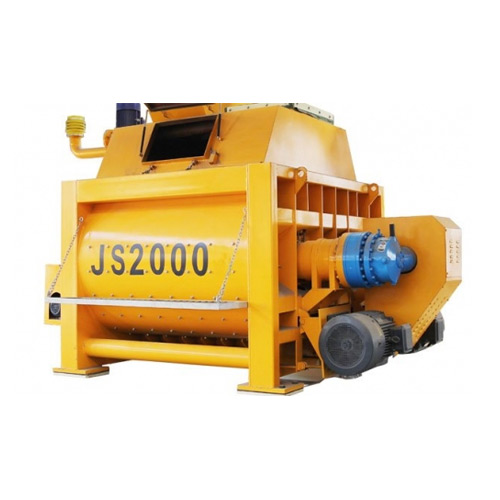High-Quality Cattle Feed Pellet Production Equipment for Efficient Livestock Nutrition
Aug . 16, 2024 16:41 Back to list
High-Quality Cattle Feed Pellet Production Equipment for Efficient Livestock Nutrition
The Importance of Cattle Feed Pellet Machines in Modern Agriculture
Cattle farming has evolved significantly over the years, driven by the need for increased productivity, efficiency, and sustainability. One of the most impactful innovations in this field is the development of cattle feed pellet machines. These machines play a crucial role in producing high-quality, nutritious feed pellets that enhance the health and productivity of livestock.
The Process of Pellet Production
Cattle feed pellet machines operate through a straightforward yet efficient process. Raw ingredients, such as grains, legumes, and other nutritional supplements, are ground into a fine powder. This powder is then mixed with water and various additives to create a homogenous feed mixture. Once the mixture is prepared, it is fed into the pellet machine, where it is subjected to high pressure and temperature. This process causes the starches in the ingredients to gelatinize and bind together, resulting in firm and nutritious pellets.
The use of pellet machines ensures that the feed is compact, easy to store, and beneficial for the cattle. Unlike loose feed, pellets reduce feed wastage and allow for better nutrient absorption. Additionally, they prevent selective eating, ensuring that livestock receive a balanced diet.
Nutritional Benefits
Pelleted feed is often more nutritious than traditional loose feed. The pelleting process preserves essential nutrients and helps in the delivery of vitamins and minerals that are critical for the overall health of cattle. Furthermore, the uniform size of the pellets ensures that each animal receives the same quality and quantity of feed, leading to better growth rates and increased milk production.
In addition, feed pellets can be fortified with specific supplements based on the dietary needs of different cattle breeds, thereby optimizing their growth rates and productivity. Customizing cattle diets through the use of pelletted feed is especially important in commercial farming, where efficiency and cost-effectiveness are paramount.
cattle feed pellet machine

Economic Advantages
Investing in a cattle feed pellet machine can yield significant economic benefits for farmers. By producing their own feed, farmers can reduce feed costs, which are often one of the largest expenses in cattle farming. Additionally, the ability to customize feed formulations allows farmers to respond quickly to market changes and adjust feed ingredients based on supply availability and price fluctuations.
Moreover, the compact nature of pelleted feed saves storage space and minimizes transport costs. Farmers can also potentially enter the market as feed producers, selling high-quality feed pellets to neighboring farms and enhancing their income streams.
Environmental Implications
The environmental impact of cattle farming is a critical concern in today's world. Cattle feed pellet machines contribute to sustainability in agriculture by promoting the efficient use of resources. Pelleted feed reduces waste and encourages the use of by-products from other agricultural processes, thereby turning waste into valuable livestock feed.
Moreover, the higher digestibility of pelleted feed means that cattle can convert feed into energy more efficiently, which can lead to lower methane emissions — a significant contributor to climate change. As such, these machines not only improve farm productivity but also align with broader sustainability goals in agriculture.
Conclusion
The cattle feed pellet machine is a revolutionary tool that has transformed cattle farming. By enhancing the nutritional value of feed, increasing economic efficiency, and promoting sustainable practices, these machines play a vital role in modern agriculture. As the global demand for meat and dairy products continues to grow, the need for innovative and efficient farming solutions will only become more pressing. Investing in cattle feed pellet technology is not just a trend; it represents the future of livestock farming, ensuring that farmers can meet the challenges of tomorrow while operating sustainably and profitably.
-
Hot Sale 24 & 18 Door Rabbit Cages - Premium Breeding Solutions
NewsJul.25,2025
-
Automatic Feeding Line System Pan Feeder Nipple Drinker - Anping County Yize Metal Products Co., Ltd.
NewsJul.21,2025
-
Automatic Feeding Line System Pan Feeder Nipple Drinker - Anping County Yize Metal Products Co., Ltd.
NewsJul.21,2025
-
Automatic Feeding Line System - Anping Yize | Precision & Nipple
NewsJul.21,2025
-
Automatic Feeding Line System - Anping Yize | Precision & Nipple
NewsJul.21,2025
-
Automatic Feeding Line System-Anping County Yize Metal Products Co., Ltd.|Efficient Feed Distribution&Customized Animal Farming Solutions
NewsJul.21,2025






